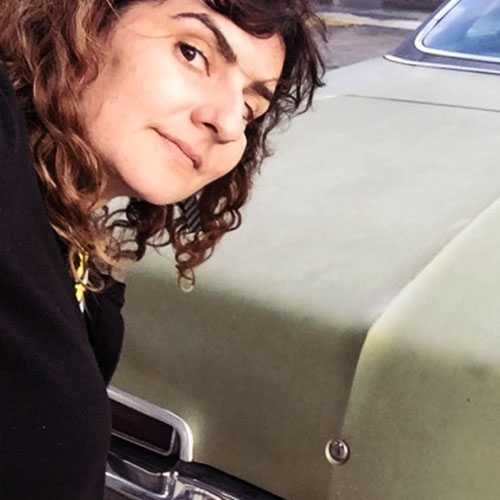
Car and Driver has a new columnist. A female columnist. In order to make an initial, positive impression on Car and Driver readership, Elana Scherr introduces herself through the common language of cars – “cars owned, cars driven, and cars much desired” (24).
As a female columnist in a historically male genre – automotive magazines – Scherr’s decision to call upon the common language of cars is a wise one. The most obvious reason is that it identifies her as a “car person”. As a female, this is especially important. Women have traditionally been typecast as having little interest, or knowledge, about cars. Longstanding woman driver stereotypes suggest that women are inept, nervous, and cautious drivers, and when it comes to the automobile, are primarily interested in its functionality and use as a form of domestic technology. Scherr distances herself from this stereotype through referencing her mother – considered an outlier for her refusal to own a mom-approved station wagon or minivan – and by reflecting on her own varied and nontraditional automotive history.
Calling upon the common language of cars also provides Scherr with a way to connect with fellow car enthusiasts, which includes, of course, Car and Driver readers. Scherr has always had a special fascination with old cars, making her particularly well versed in the finer points of a classic Dodge Challenger or Pontiac Trans Am. Ownership of classic cars provides Scherr with a legitimacy that goes beyond being a car expert. Rather, it identifies her as somewhat of a car historian, further bolstering her standing both the classic car community and the greater car culture at large. While Car and Driver caters primarily to the modern car enthusiast, Scherr’s recognized knowledge of the automotive past allows her to speak authoritatively of the present and future of automobility.
The common language of cars also offers a means to seek identity through automobiles. In my own research on the relationship between women and cars, I found that women often employ the language of cars to draw a connection between themselves and the vehicles they drive. Many of those I interviewed identified themselves by calling on characteristics they shared with their muscle car, chick car, or pickup truck. Referring to themselves in such a manner – as stylish, powerful, tough, or badass, as the case may be – suggests a deeper, more personal relationship to a vehicle than that of the average car owner. It establishes the individual as one with a special passion for the automobile.
Scherr calls on the common language of cars to display her own passion for the automobile and to uncover that love and enthusiasm in others. As the Car and Driver bio notes, ‘[Scherr] discovered that she not only loved cars and wanted to drive them, but that other people loved cars and wanted to read about them.” Scherr’s goal, as written in her initial Car and Driver column, is to “share the delightful stories of people who build and race and design and create the cars we love” (24). While Scherr may not qualify as a genuine car expert in the eyes of the skeptical, calling upon the common language of cars allows her to connect, embrace, invoke, and engage with all who share an enthusiasm, zeal, and passion for any and all types of automobiles.
Women who write about cars will always be greeted with a fair amount of skepticism. In a culture that ascribes mechanical ability and automotive knowledge as natural male characteristics, women often find it necessary to devise strategies to enter the masculine automotive fraternity. As Scherr has demonstrated, fluency in the common language of cars provides an effective avenue to legitimacy in not only auto journalism, but in all automotive endeavors. I look forward to the many delightful stories Scherr will share in Car and Driver.
Car and Driver. “Elana Scherr, Contributing Editor.” caranddriver.com n.d.
Scherr, Elana. “Lingua Franca: I’m Elana, the New Columnist, and I Want to Talk About Cars.” Car and Driver 65.12 June 2020, 64.